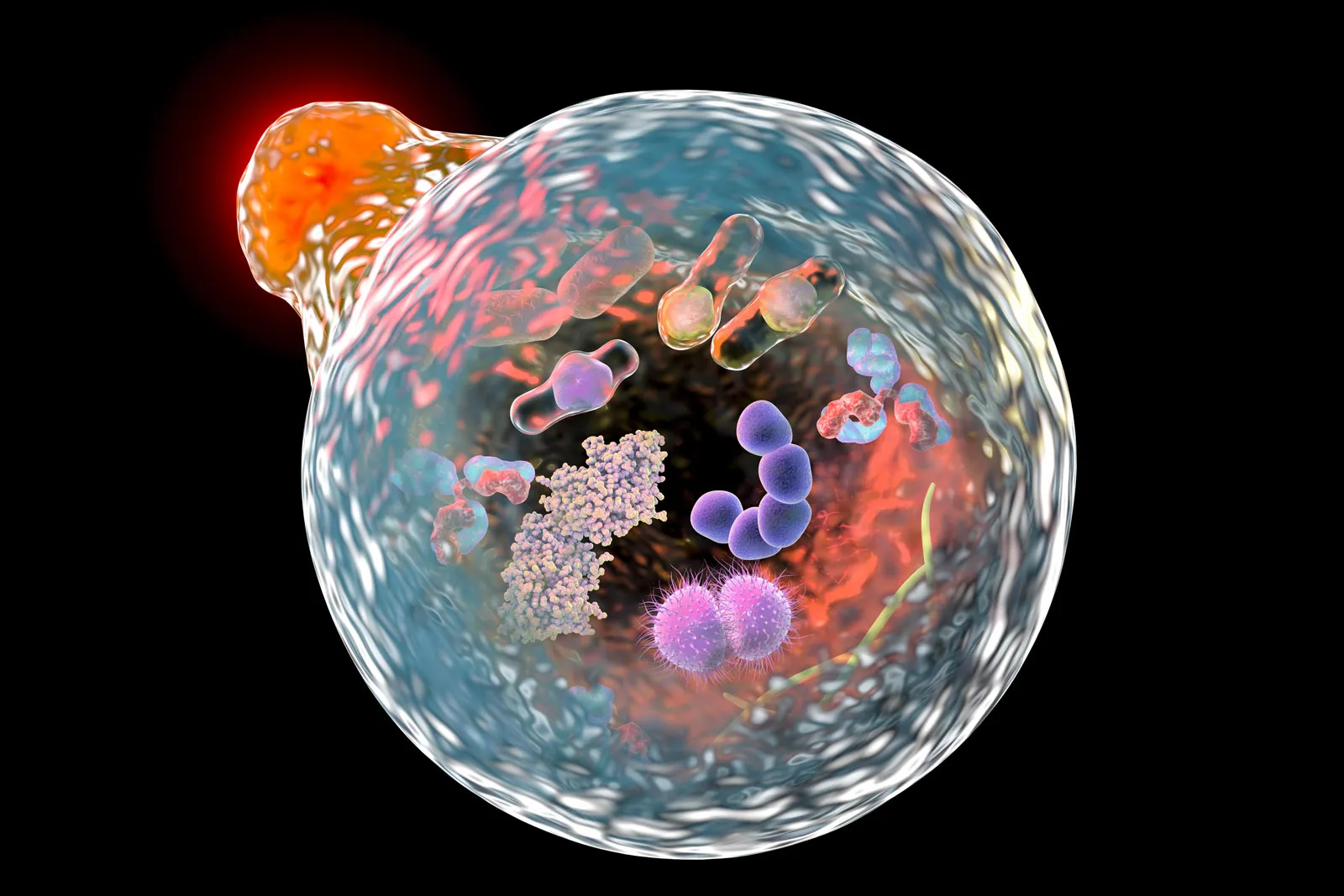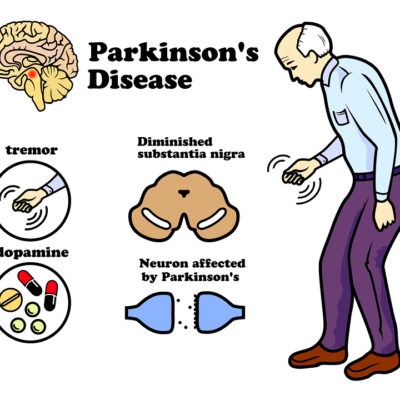
Article Topic: Alzheimer’s Disease
Author: Boshra Alajarma
Editor: Yazan S. Al-Zamer
Key Words: Alzheimer’s disease, AD, Dementia, Amyloid Beta, Tau, Neurodegenerative Diseases
Introduction:
Neurodegenerative diseases are marked by the progressive loss of neurons, typically affecting a combination of neurons with functional interconnections. Multiple disorders tend to involve particular neural systems and therefore have relatively stereotypic presenting signs and symptoms [1].
Example of Neurodegenerative diseases:
- Alzheimer’s disease
- Spinocerebellar ataxia(SCA)
- Spinal muscular atrophy(SMA)
- Frontotemporal lobar degeneration
- Parkinson disease
- Huntington disease
- Amyotrophic lateral sclerosis (ALS)
Alzheimer’s disease
A brain disorder that gives rise to issues with memory, thinking, and behavior. It causes dementia to develop, Specific neurons are affected, therefore losing their function.
Symptoms:
1. Difficulty remembering things and some events
2. Forgetting family members’ names
3. Repetitive questions
4. Short in attention spam
About 5.8 million people in the US, age 65 and older have Alzheimer’s disease. Of those, 80% are 75 years old and older. Out of the approximately 50 million people worldwide with dementia, between 60% and 70% are estimated to have Alzheimer’s disease. [2]
Reisberg Scale (global Deterioration Scale (GDS) for stage Alzheimer’s disease, including seven stages: [3]
Stage 1: No cognitive decline
Stage 2: Vastly mild cognitive decline [age-associated memory impairment]
Stage 3: Mild cognitive decline [mild cognitive impairment]
Stage 4: Moderate cognitive decline
Stage 5: Moderately severe cognitive decline
Stage 6: Severe cognitive decline
Stage 7: Very severe cognitive decline
Pathogenesis [4]
The fundamental abnormality in AD is the accumulation of two proteins (Aβ and tau) in specific brain regions, in the forms of plaques, deposits of aggregated Aβ peptides in the neuropil, and tangles (aggregates of the microtubule-binding protein tau) that develop intracellularly and then persist extracellularly after neuronal death, respectively; these changes result in secondary effects including neuronal dysfunction, neuronal death, and inflammatory reactions.
Aβ production is the critical initiating incident for the development of AD. Amyloid precursor protein (APP) on chromosome-21 is cleaved by β-amyloid–converting enzyme (BACE), γ-secretase, α-secretase, and β-Secretase. After it is cleaved, it yields Aβ Monomer and Aβ Oligomers, which eventually propagate into large aggregates and fibrils located in plaques. Patients with Down syndrome have a higher risk for AD for they have an additional copy of chromosome-21.
Apolipoprotein E (ApoE) has a vigorous impact on the likelihood of AD progression.









